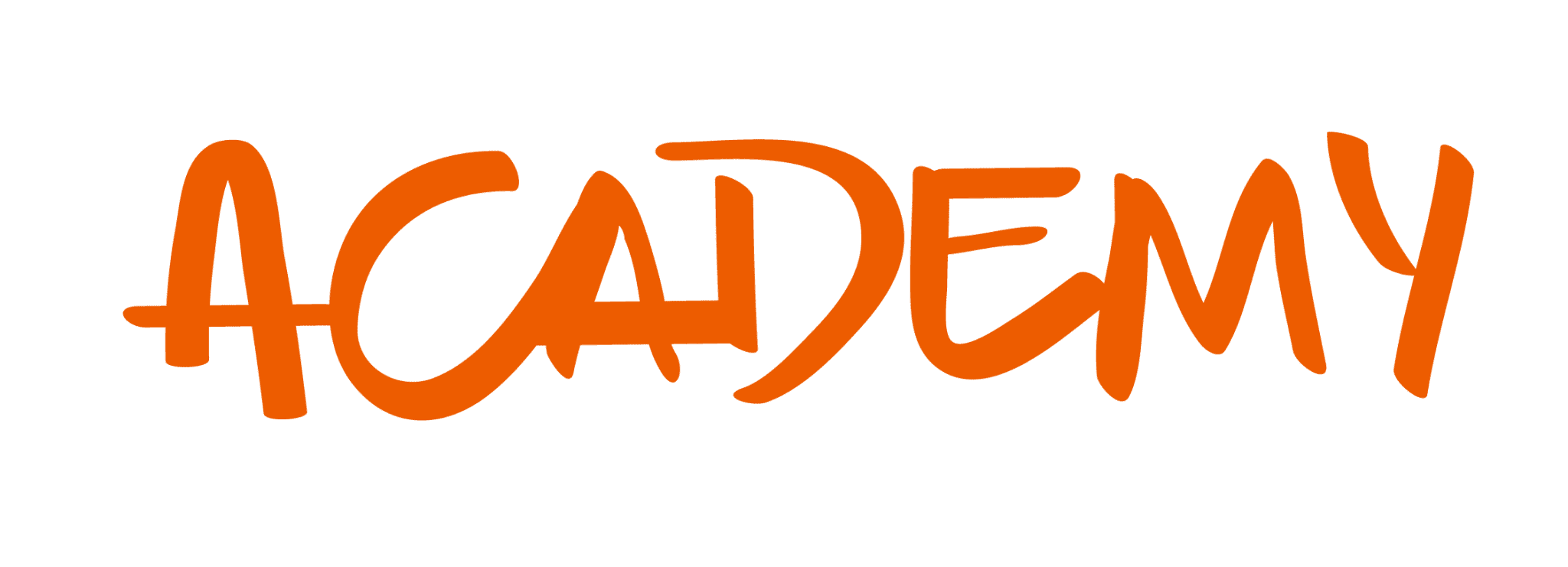The price of a creative project doesn’t always reflect the effort, time, or expertise it requires. Often, the price of a project depends almost entirely on how the client perceives its value. This gap between real value—which includes the costs in terms of time, resources, and concrete results—and perceived value—what the client believes it’s worth—represents a constant challenge for agencies. When clients don’t understand the magnitude of the work involved, misunderstandings can arise, or they may undervalue the effort behind each delivery.
The disconnect between perceived and real value
Consider a common scenario: a client hires an agency to develop their brand’s visual identity. For the creative team, this involves hours of research, strategic meetings, testing, adjustments, and refinements to achieve the final design. However, when the client receives what they perceive as “just” a logo and a style guide, they often question whether the cost was truly justified.
This disconnect runs deeper than it seems. On one hand, creative work is intangible; it’s not a physical product that clients can easily evaluate or measure. On the other hand, many agencies fail to communicate the impact their work has on the client’s objectives, such as increased sales, building a strong identity, or positioning their brand in a competitive market. When these benefits aren’t clearly explained or demonstrated, clients are more likely to underestimate the effort and value behind each project.
Price-based competition: A double-edged sword
Price-based competition is another crucial factor affecting creative agencies. In a saturated market, many choose to lower their fees to attract clients, but this approach can backfire. By reducing prices, not only is creative work as a whole devalued, but it also reinforces the false notion that creativity is “cheap.” Additionally, this strategy often leads to short-term relationships where clients choose solely based on cost, disregarding the strategic value a strong agency can bring to their projects. This perpetuates a cycle where price overshadows quality, weakening both agencies and the industry as a whole.
The impact on pricing and client relationships
This gap between perceived and real value directly impacts both pricing and client relationships. When clients don’t understand the value of the work done, conflicts due to misaligned expectations are more likely to arise, even if the final delivery is flawless. Moreover, if agencies fail to charge fees that reflect the real effort invested, profit margins can suffer. This forces teams to take on unsustainable workloads, creating a domino effect that impacts both the quality of work and team morale. Over time, these tensions can erode both client relationships and the agency’s stability.
Bridging the gap between perceived and real value
- Educate the client: Clients often don’t understand the processes behind creative work, such as research, testing, and the adjustments needed to achieve the final result. Showcasing these steps through reports, meetings, or visuals can help make the effort visible and justify pricing.
- Focus on results: Instead of focusing solely on design or strategy, agencies should communicate how their work directly impacts the client’s objectives—how a new logo strengthens the brand, how a campaign drives engagement, or how a digital strategy increases sales.
- Build a strong brand: Reputation, success stories, and testimonials from satisfied clients are powerful tools for influencing the perception of value. An agency that projects confidence and expertise can not only justify higher fees but also attract clients who value their skills.
- Be transparent from the start: Detailing project costs and explaining how each stage adds value helps set clear expectations and builds trust with clients.
Conclusion
Striking the right balance between perceived and real value is not just a constant challenge but also a critical opportunity for creative agencies. Clearly communicating the true value of your work, educating clients about the processes behind each project, and demonstrating tangible impact can transform a transactional relationship into a strategic, long-term partnership. This approach not only strengthens the perception of your agency but also builds the trust needed to establish relationships that drive long-term success.














